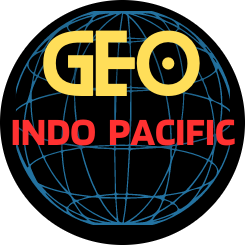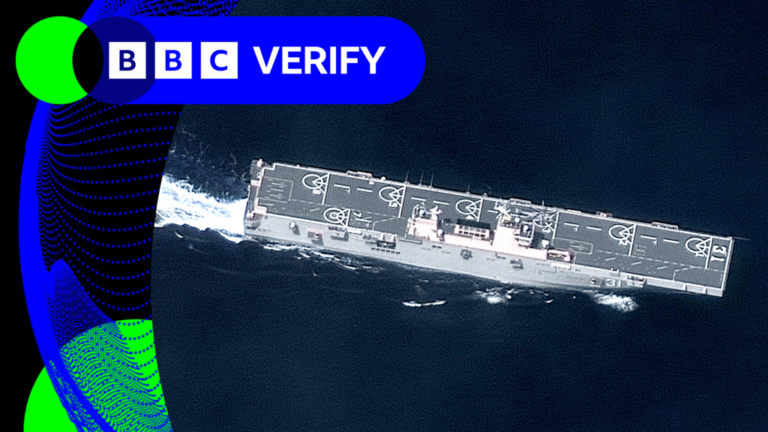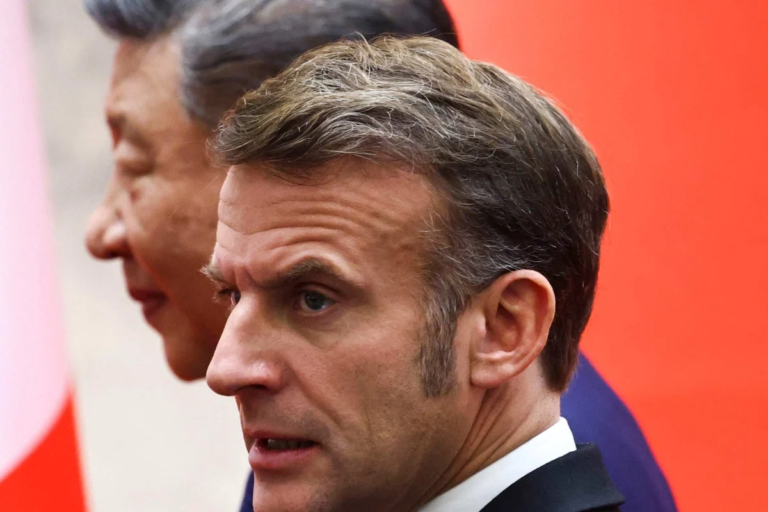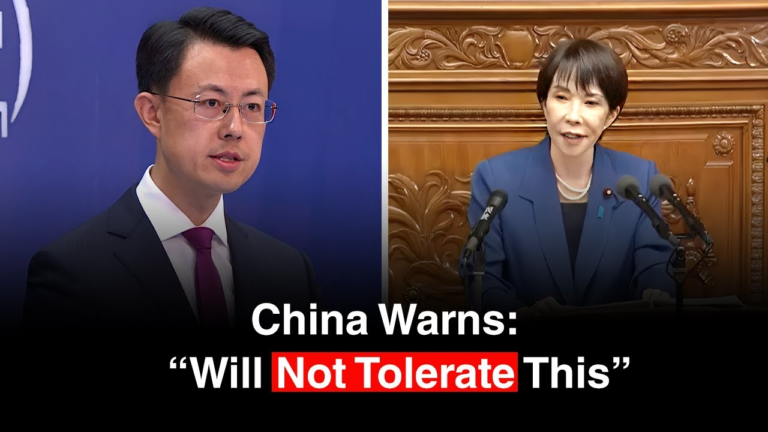
The vastness of the Indo-Pacific theater presents a unique challenge for nations seeking to project military power. Although advanced weaponry and technology are undeniably important, true strategic advantage in the region hinges on a robust network of international partnerships and a resilient logistics network.
The immense distances of the Pacific create significant logistical hurdles, compounded by long-standing regulatory requirements. For instance, the Military Cargo Preference Act requires all items procured for or owned by United States military departments and defense agencies to be carried exclusively on U.S.-flag vessels at reasonable rates. Likewise, the Jones Act requires goods shipped between U.S. ports to be transported on ships built, owned and operated by U.S. citizens or permanent residents.
While such regulations support domestic maritime industries, compliance can restrict shipping options and necessitate loading at designated ports, potentially increasing transit time and complexity. This requires extensive forecasting and planning, which can be challenging in dynamic contingency environments demanding rapid response.
For example, the 6,800-nautical mile journey from Tacoma, Washington, on the U.S. west coast to Sydney, Australia, can take 17 to 32 days depending on weather, sea conditions, vessel type, load and security environment. Similarly, transit to Japan, the Philippines, South Korea and Taiwan can take nearly a month.
This underscores the importance of prepositioned stocks and partnerships west of the international date line. Cultivating strong relationships with local contractors and vendors is crucial for enhancing logistical efficiency and reinforcing cooperation. Such alliances are the invisible scaffolding supporting effective military operations.

IMAGE CREDIT: CPL. BRIAN KNOWLES/U.S. MARINE CORPS
Status of forces and visiting forces agreements serve as the bedrock of these partnerships by clarifying the legal status of visiting troops and establishing rules for military cooperation with host nations. Critical access, basing and overflight arrangements further bolster these foundational agreements, enabling rapid response and force projection across the Indo-Pacific.
Additionally, acquisition and cross-servicing agreements (ACSA) and mutual logistics support agreements (MLSA) enhance interoperability and responsiveness. ACSAs streamline the process for nations to acquire logistical support, supplies and services from each other, ensuring access to vital resources, often at short notice. Similarly, MLSAs facilitate the sharing of services such as refueling, maintenance, medical assistance and transportation.
This intricate web of agreements ensures military forces operate seamlessly across borders, responding to crises efficiently and effectively. Joint contracting mechanisms within host nations are also crucial, enabling efficient procurement of goods and services such as catering, lodging, transportation and airfield support, thereby reducing logistical burdens, including during multinational exercises such as Talisman Sabre in Australia.
The Enhanced Defense Cooperation Agreement (EDCA) between the Philippines and the U.S. exemplifies these concepts. The 2014 pact expands U.S. military access to designated Philippine sites, facilitating joint training, equipment prepositioning and disaster response.
In March 2025, the Federated States of Micronesia and the U.S. finalized an agreement enabling over $2 billion in U.S. defense infrastructure investments in Yap State, bolstering U.S. strategic capabilities and presence in the theater. The U.S. Defense Department initiatives align with Micronesia’s priorities for the community: environment, safety, maintenance and society. The investment is underpinned by the U.S.’s long-standing Compact of Free Association agreements with the Marshall Islands, Micronesia and Palau.
Securing access and influence requires more than military power; it demands building trust, fostering cooperation and demonstrating the value of partnership, particularly in the Indo-Pacific, where distances are vast and access is paramount. These partnerships, formalized through agreements and nurtured through cooperation, are force multipliers, amplifying military capabilities and paving the way for regional stability and security.





